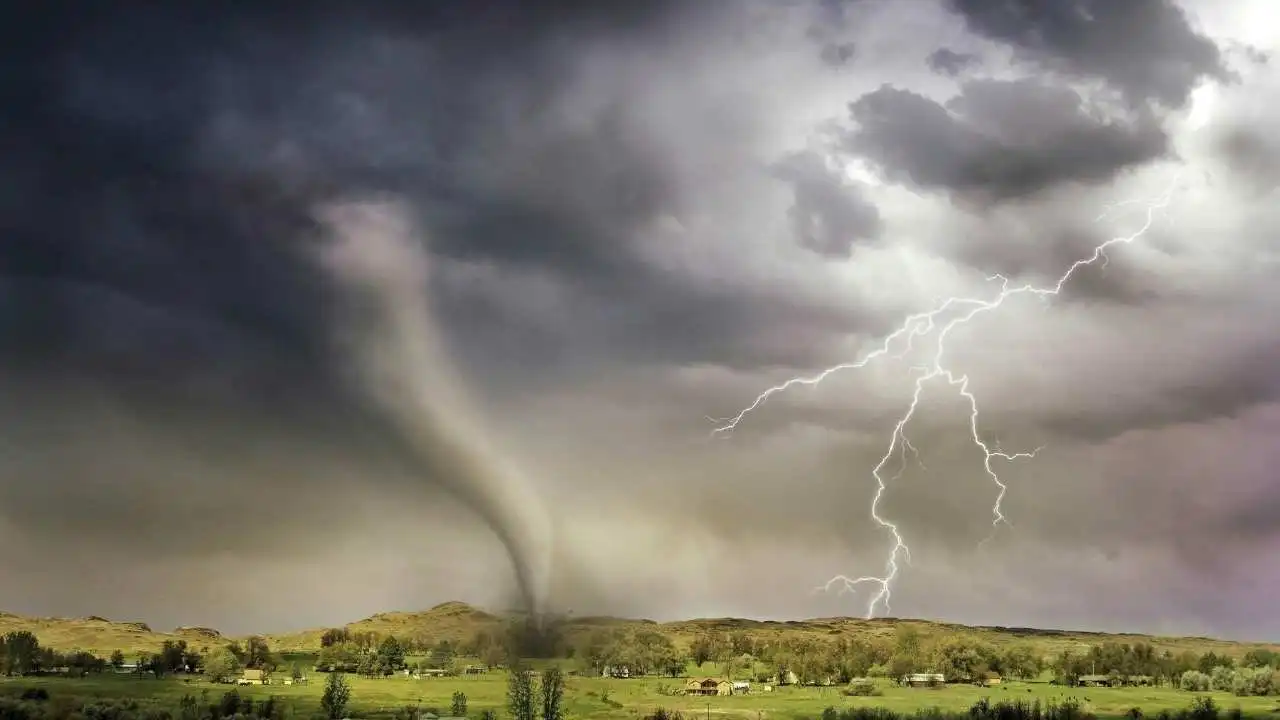Curious belugas frolic in a warming Hudson Bay that threatens polar bears

Playful large white beluga whales’ happy chirps leap out in an environment and economy threatened by warming water that’s melting sea ice, starving polar bears and changing the entire food chain.
Loud and curious belugas swarm boats here, clicking, nudging and frolicking.
At any given summer moment on the Churchill River, which flows into Hudson Bay, as many as 4,000 belugas can be up and down the waterway, surrounding vessels of all sizes.
It’s hard to find a place where you don’t see them, said whale biologist Valeria Vergara, senior scientist at the Raincoast Conservation Foundation.
“The social butterflies of the whale world — you can see it in Churchill,” Vergara said.
The town of Churchill, Man., is counting on that to continue.
The mostly Indigenous community, pulled out of economic doldrums by polar bear tourism, faces the prospect of a dwindling number of bears because of climate change.
They are counting on another white beast, the beluga, to come to the rescue and entice summer tourists — if the sea mammals can also survive the changes to this gateway to the Arctic.
There’s something healing about belugas. Just ask Erin Greene.
Greene was attacked by a polar bear in 2013. She doesn’t like to go into details about the attack, but Mayor Mike Spence said she was thrashed by a bear that had her in its jaws.
A neighbour hit the bear with a shovel, and a third person used a truck to scare off the bear, which was later found and killed.
Years later, Greene said contact with the sociable whales helped pull her out of post-traumatic stress disorder.
Now she goes out on the water with them, on a paddleboard, and sings to and with the whales. She also rents paddleboards to tourists, so they can do the same.
Greene, who isn’t native to Churchill but came to work in the tourism industry, tried yoga, which eventually led to paddleboarding in Hawaii.
It made her feel a little better, so she thought she’d bring it back to Churchill, where there isn’t just water, but belugas.
And that helped her heal, “moving through the various stages of dealing with trauma,” she said.
But it’s not just her, she said. When she brings her customers into the water, inches from the whales, they also feel better.

“I’ve never seen an animal, except for maybe puppies, bring that amount and capacity of joy to people,” Greene said.
“Everybody’s smiling when they get off the water.… Everybody’s just experiencing joy, and it’s the whales that provide that.”
The connection with beluga whales is different from other animals, she said.
“The whales are truly choosing to socialize with you. They want to play,” Greene said. “That’s really what sets them apart from other animals. They’re so gentle. They have no desire to hurt the human.”
It doesn’t hurt that the whales have gotten to know Greene, something whale expert Vergara says is true.
Greene sings to the whales, including Yellow Submarine by the Beatles and the Will Ferrell Eurovision movie song Husavik (My Hometown) with the lyric, “where the whales can live ’cause they’re gentle people.”

That lyric is close to reality, Vergara said.
“They really have traits that are so similar to human culture, so we can really empathize with them,” Vergara said.
“They form communities and networks. They co-operate and help raise each other’s young. They’re unbelievably vocal. They’re probably one of the most acoustically active or vocal mammals, along with humans, on Earth.”
Unlike humpback whales, the vocalizations from belugas aren’t songs with rhythm and a pattern, she said.
“You really don’t think, ‘Oh, I’m hearing singing.’ You think ‘I’m in a jungle full of birds.'”
It’s a cacophony of clicks and whistles, but it’s not random. It’s like being dropped into a noisy festival, Vergara said.

“You can’t help but wonder what is it that they are communicating with each other,” she said.
“They absolutely rely on sound to maintain these very complex societies.”
Research has shown that individual belugas have a distinct call that they use in communication, much like a name, Vergara said. It takes a couple years for young whales to learn their parents’ names and their own.
But whales that are related or hang out together have calls or names that are similar, sort of like a last name, she said.
Belugas get the nickname “canary of the sea” because of their vocalization, but it also could apply like the canary in the coal mine, warning about an environment getting more dangerous, Vergara said.
Sea ice is shrinking all over the Arctic, including in Hudson Bay. This is probably the biggest beluga population in the world, but scientists are a bit concerned.
“The disappearing ice is going to affect them,” Vergara said. “We don’t know how they’re going to react to shifts in water temperature, shifts in food availability, shifts in the availability of regular prey.”

The change in ice is part of an overall altering of the base of the food chain: plankton. When those tiny creatures change, it means “a whole shift in the prey base of belugas,” Vergara said.
Arctic cod, a high-fat fish that is key in beluga diets, is diminishing, said beluga expert Pierre Richard of the Churchill Northern Studies Centre and author of three whale books.
It’s an open question on whether belugas can adapt, he said.
In the Beaufort Sea, belugas aren’t as fat as they used to be, but scientists don’t know about those in Hudson Bay, Richard said.
Another issue is killer whales that hunt belugas are coming more often into Hudson Bay, and less sea ice means fewer places for belugas to hide, he and University of Washington marine mammal scientist Kristin Laidre said.
“Whether belugas in the Hudson Bay are suffering from these ecosystem changes is not clear at all,” Richard said.

Beluga whales, unlike polar bears, as a species aren’t on an endangered or vulnerable lists, although an Alaskan population of them is.
There are as many as 200,000 belugas worldwide and the International Union for Conservation of Nature that creates a global endangered list calls them a species of “least concern,” so Vergara gets asked why not concentrate on animals in more imminent danger.
“I would say that the threat to animal cultures can happen much quicker than the extinction of an entire species,” Vergara said.
If subpopulations of belugas are wiped out, their cultures disappear too.
“It’s like losing a human language or a human culture,” Vergara said. “We should care.”




